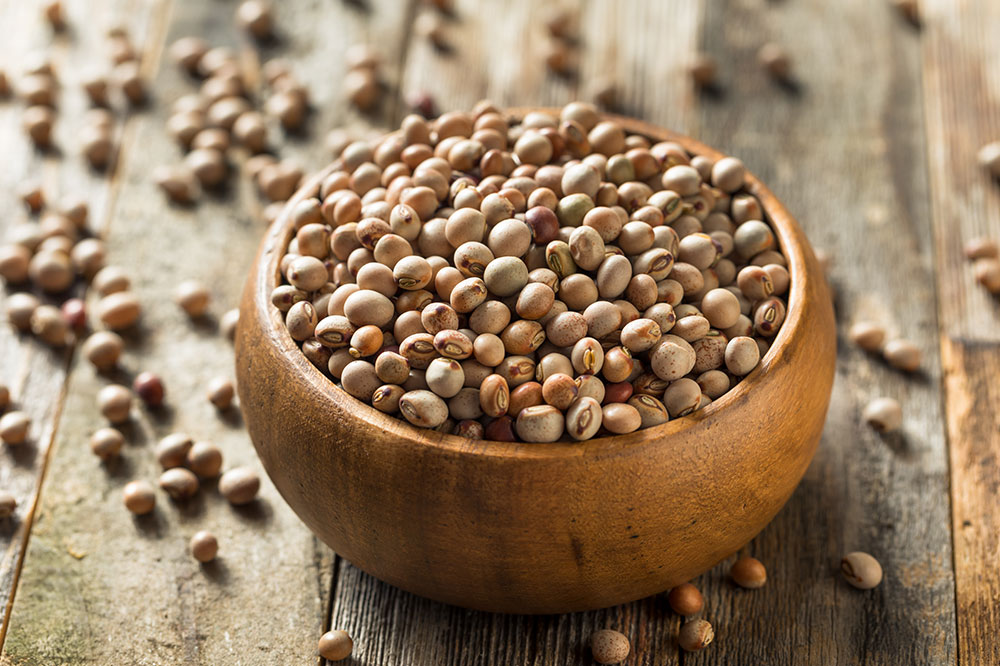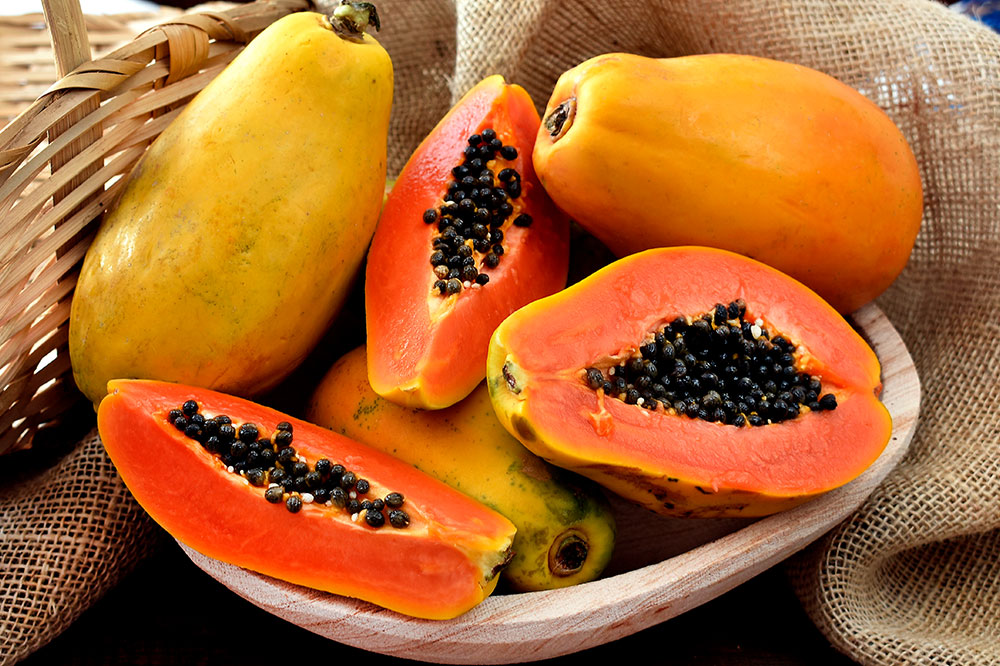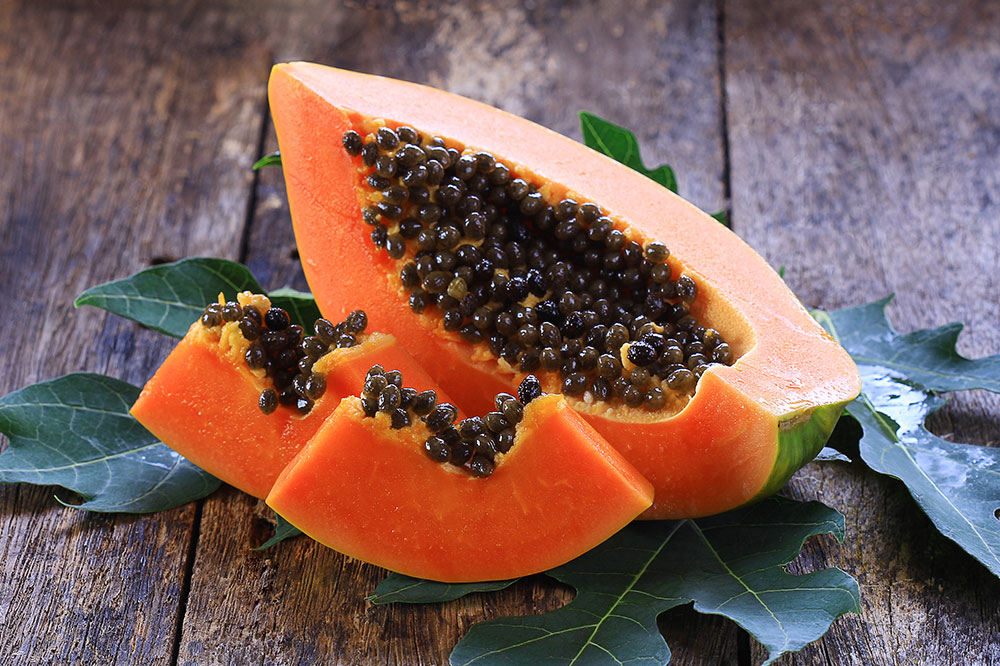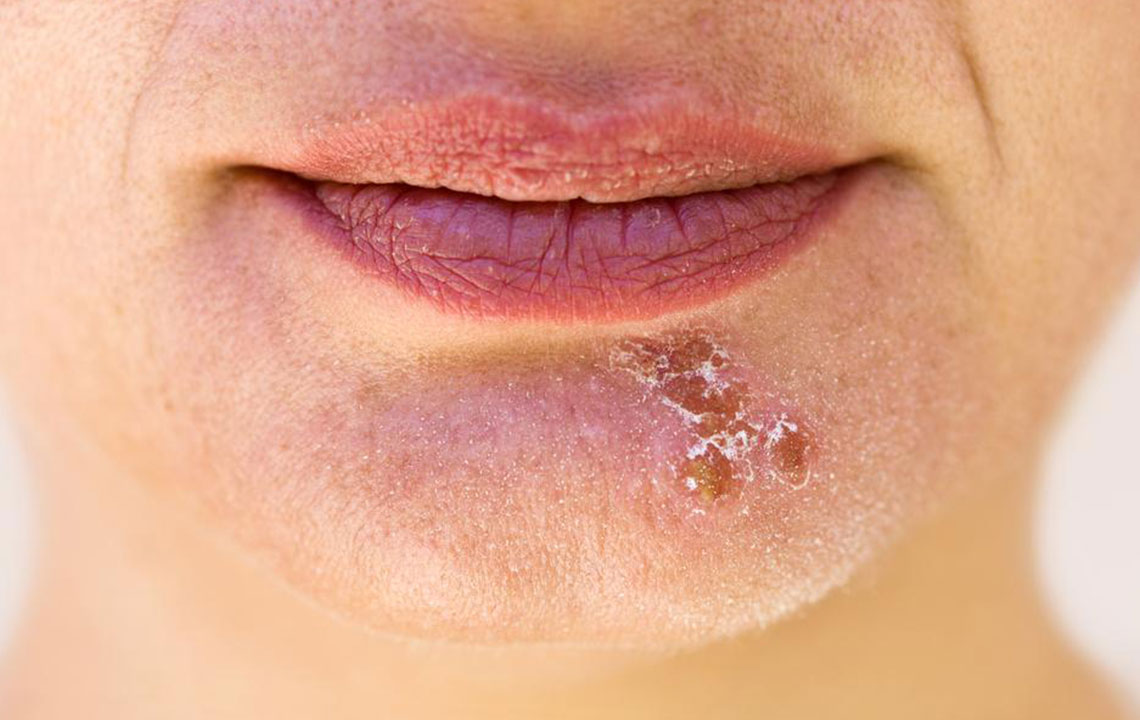Comprehensive Natural Herbal Strategies for Managing Sickle Cell Disease
Explore comprehensive natural herbal treatments for sickle cell disease, including traditional remedies like Niprisan and other plant-based therapies. Discover how these herbal approaches can support symptom management and improve quality of life through scientifically-backed plant extracts and traditional medicinal plants. This article covers various herbs such as Piper guineense, Pterocarpus osum, and Terminalia catappa, highlighting their potential benefits in reducing sickling episodes and supporting blood health within a holistic treatment plan.

Holistic Herbal Approaches to Support Sickle Cell Disease Management
Sickle cell disease (SCD) is a hereditary blood disorder characterized by the presence of abnormally shaped red blood cells that resemble crescents or sickles. These irregular cells tend to block blood flow in the bloodstream, leading to various health complications such as pain crises, anemia, infections, and organ damage. Although stem cell or bone marrow transplants currently represent the only definitive cure for SCD, they are not universally accessible and come with significant risks. As a result, many patients and healthcare providers seek supportive therapies that can help manage symptoms and improve quality of life. Among these, herbal medicine has gained considerable attention due to its potential to alleviate symptoms with fewer side effects. This article explores various natural herbal remedies and approaches that may aid in managing sickle cell disease effectively.
Introduction to Herbal Treatments for Sickle Cell Disease
The quest for natural remedies to manage sickle cell disease stems from centuries of traditional medicine use across different cultures. Many herbs contain bioactive compounds that can influence blood health, reduce sickling, and support overall well-being. While scientific research is ongoing, emerging evidence suggests that certain herbal formulations can complement conventional treatments, potentially reducing the frequency and severity of sickling episodes.
Famous Herbal Formulation: Niprisan
Developed by Nigeria's National Institute for Pharmaceutical Research and Development (NIPRD), Niprisan has garnered attention worldwide as a promising herbal treatment for sickle cell anemia. Nigeria accounts for the highest prevalence of sickle cell disease in the world, making innovative local solutions critically important. Niprisan is a herbal formula that has shown encouraging results in easing symptoms and reducing sickling episodes in patients.
It is composed of extracts from four powerful plants, each contributing unique therapeutic properties that target the pathophysiology of SCD:
Piper guineense seed: Also known as West African pepper or Guinea pepper, the seeds contain piperine and chavicine—alkaloids with anti-inflammatory and blood-modulating effects that help reduce vascular inflammation and prevent sickling.
Pterocarpus osum stem: An African timber tree with bioactive compounds believed to improve red blood cell flexibility and mitigate sickling.
Eugenia caryophyllus (Cloves): Rich in eugenol and capsaicin, cloves have antioxidant and anti-inflammatory properties that support vascular health and reduce oxidative stress.
Sorghum bicolor: Commonly called sorghum, millet, or milo, its components may support blood health and contain agents that promote healthy red blood cell production.
The active compounds in this herbal blend, including piperine, chavicine, capsaicin, and cubebin, are believed to provide therapeutic benefits with minimal side effects, making Niprisan a promising complementary therapy for SCD patients.
Traditional Herbal Remedies Beyond Niprisan
In addition to Niprisan, several other herbal agents have demonstrated potential benefits. For example, Fagara zanthoxyloides, a medicinal plant widely used in Uganda, has garnered attention for its ability to reduce sickling. The root bark of this plant contains alkaloids and phytochemicals that may inhibit sickling and improve red blood cell stability, thereby easing clinical symptoms.
Another notable herbal intervention involves Terminalia catappa, commonly known as tropical almond. Found across Africa, Asia, and Australia, the leaves of this plant contain extracts that act as natural anti-sickling agents. These compounds work by preventing sickling or reversing sickled cells, thus supporting circulatory health. Furthermore, recent studies have investigated fermented green papaya and its leaves, highlighting their potential to prevent and reverse sickling in red blood cells. Beyond their anti-sickling properties, these foods offer additional health benefits such as immune support and antioxidative effects.
While herbal remedies show promise, it is essential for patients to consult healthcare professionals before integrating these treatments into their regimen. Proper dosing, potential interactions with conventional drugs, and individual health conditions must be considered to ensure safety and efficacy.
In conclusion, natural herbal treatments for sickle cell disease provide a complementary approach to conventional medicine. From plant-based formulations like Niprisan to traditional herbs such as Fagara zanthoxyloides and Terminalia catappa, these natural options aim to reduce symptoms, slow disease progression, and enhance patient well-being. Ongoing research and clinical trials will hopefully establish more definitive evidence to support wider usage and integration into standard care protocols.
As awareness about herbal medicine grows, patients and practitioners alike are encouraged to pursue evidence-based options, ensuring a safe, holistic approach to managing sickle cell disease with natural remedies.





